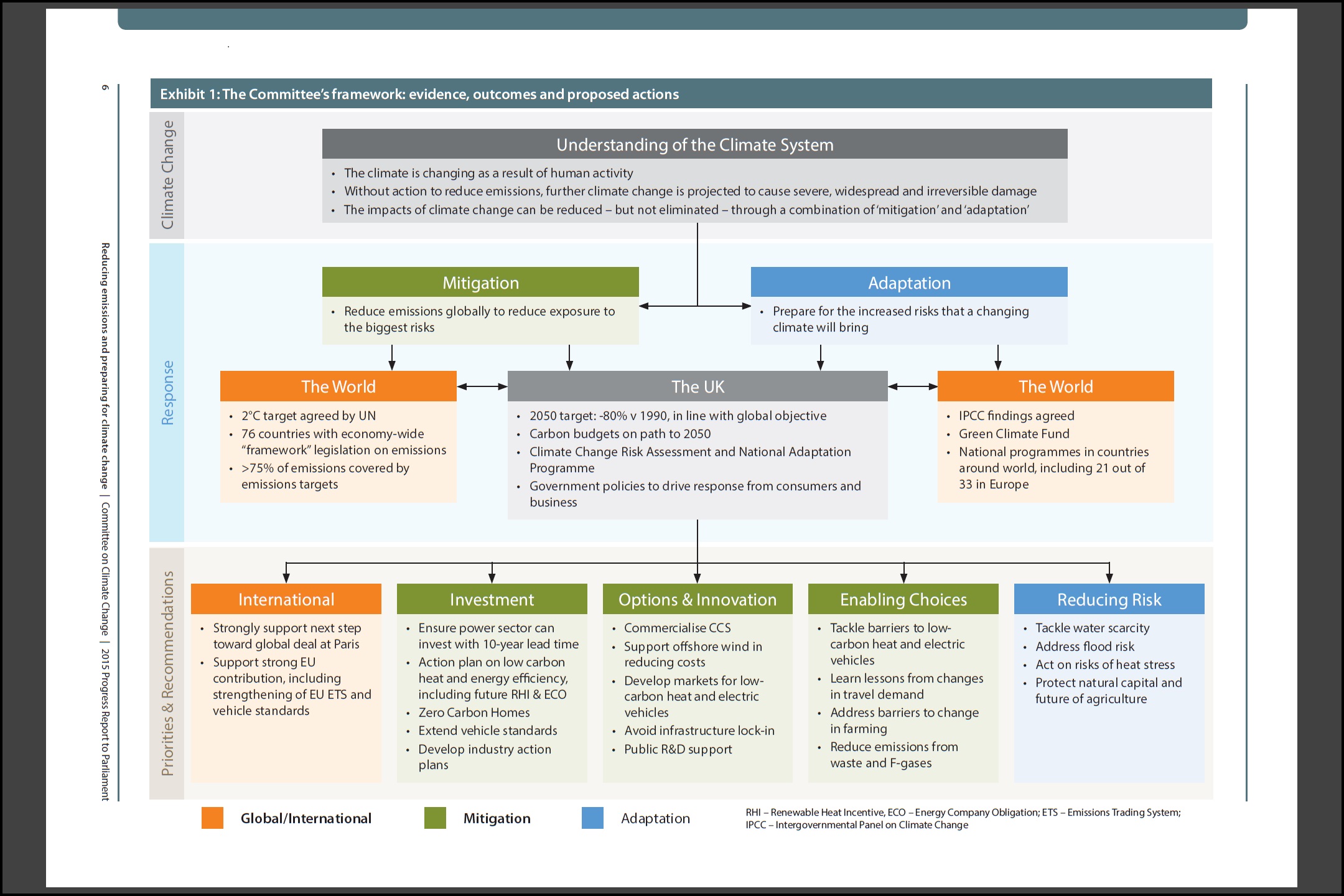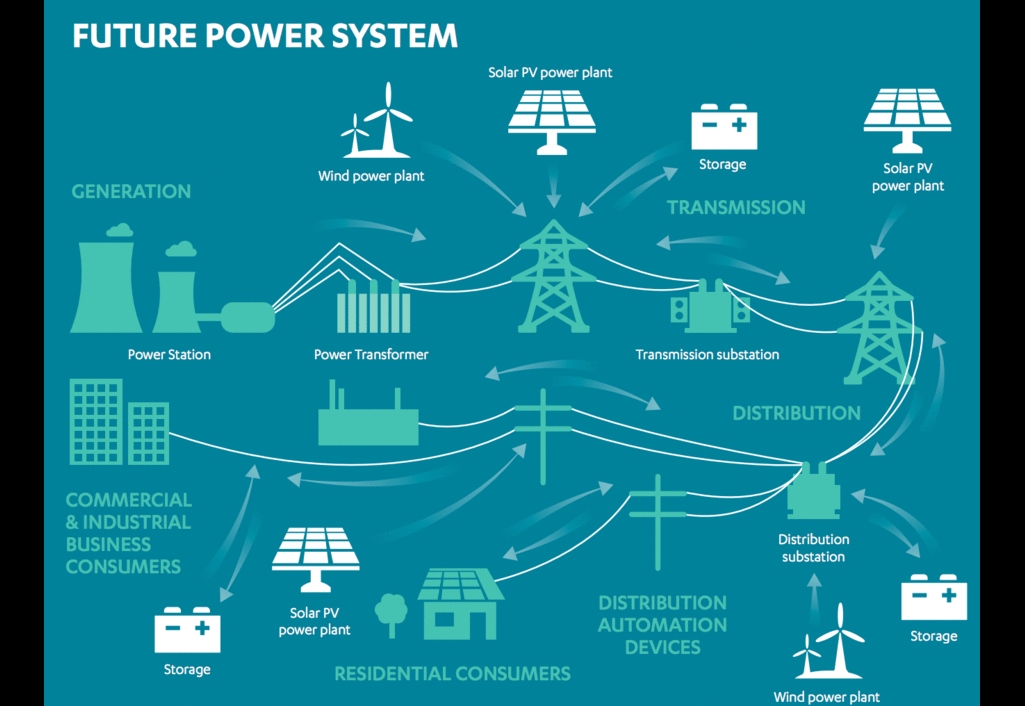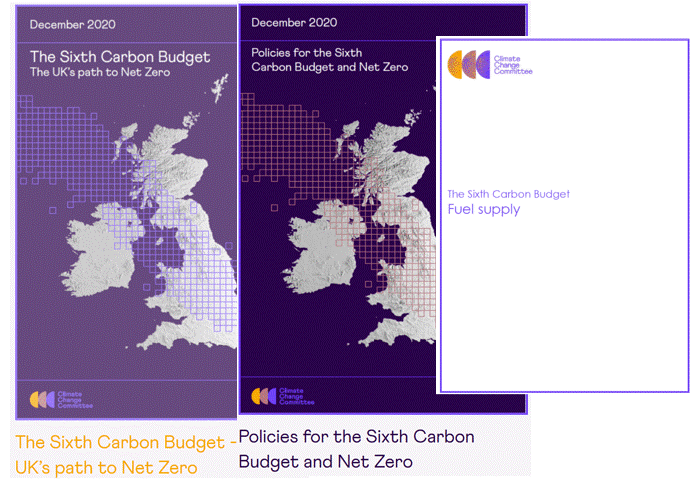The UK continues to fund new fossil fuel projects around the world from its International Investment budget. Liz Truss in Oct 2019 defended this as reported by The Independent “international trade secretary Liz Truss shunned the Environmental Audit Committee‘s recommendation that investment in fossil fuel projects abroad should end by 2021, saying the move would be “too abrupt”.” Her response is here.
This is quick sweep of UK activities regarding Climate Change and Carbon Reduction, consisting mainly of some (subjective) extracts from the web.

This Carbon Brief chart from Feb 2016 shows which Countries in the EU are transitioning the fastest away from fossil fuels, and which are moving at a slower pace. The UK is nearly the furthest away from its agreed EU target.
The Committe on Climate Change published advice in May 2019 to Phase out greenhouse gas emissions by 2050 to end UK contribution to global warming
Theresa May commits to net zero UK carbon emissions by 2050. On 12th June 2019 The Net Zero Emissions Target instrument, amending the Climate Change Act was debated and passed. “The CCC’s recommended targets, which cover all sectors of the UK, Scottish and Welsh economies, are achievable with known technologies, alongside improvements in people’s lives, and should be put into law as soon as possible, the Committee says.”
Committee on Climate Change advice
The Committee on Climate Change (CCC) is an independent, statutory body established under the Climate Change Act 2008 to advise the UK Government on reducing greenhouse gas emissions and preparing for climate change. This act: “commits the UK to reducing emissions by at least 80% in 2050 from 1990 levels“.
The Nov 2015 ‘5th Carbon Budget’ is discussed by Carbon Brief with discussion on whether the 61% reduction by 2030 can be achieved since the recent backward steps have been taken..
The Committee on Climate Change report to Parliament June 2015 stated that: “Without significant new policies progress will fall behind what is required to meet legal obligations through the 2020s” and “Without the impact of higher temperatures in 2014, therefore, there is limited evidence of progress reducing emissions outside the power sector.” The report summarized the issues and the UK’s contribution to solving them in a schematic:
 Committee on Climate Change Summary June 2015
Committee on Climate Change Summary June 2015
Carbon Brief reported in Nov 2015 that: new analysis released by DECC yesterday, showing that the shortfall in meeting the fourth carbon budget (covering the period 2023-27) has risen from 133 megatonnes of carbon dioxide equivalent (MtCO2e) in 2014’s projection to 187 MtCO2e in this year’s update.”
Energy Industry readiness for Fuel Transition
“Energy UK’s ‘Pathways 2030’ report shows the UK energy sector is ready to deliver affordable, reliable and clean energy. It calls on government to work together with industry putting in place long-term policy that meets the needs of today and supports the innovation needed to deliver the electricity for tomorrow.” The report, prepared by KPMG in Feb 2016, was reported by the Guardian as “Top lobbying group in historic green energy U-turn” quoting Energy UK as “calling for much more long-term thinking and financing. It says that details on the levy control framework of subsidy levels should be published so that investors have a clear picture up to 2025.” The Chief Executive “believes onshore windfarms should be allowed access to new forms of subsidies and says that aid cuts since the last election have undermined investor confidence.”
The National Infrastructure Commission (NIC) in its first report Smart Power in March 2016 is also clear that to “meet the UK’s legally binding climate change goal – to cut CO2 emissions by 80% by 2050 – power stations must be largely decarbonised” The report acknowledges the challenge that Nuclear and renewables cannot be ramped up and down as easily as fossil fuels. “Three innovations will help us deliver this – interconnection, storage, and demand flexibility – which have the potential to displace part of the need for new generating capacity, to save money for businesses and domestic consumers and help the UK meet its climate reduction targets. The saving could be as large as £8 billion a year by 2030.”
The Smart Power of the title is illustrated by the diagram below, showing how power will become more localised and 2-way. The report also takes into account the increase in the use of electricity for heat and transport – providing potential for demand management and local use to match production peaks and troughs.

source: Smart Power from the National Infrastructure Commission.
Potential for the UK to have smart infrastructure
Neocarbon Energy has an interactive schematic that demonstrates that each country, the UK included, can manage the peaks and troughs of 21st Century power sources. To counter a campaign by the Global Warming Policy Foundation that the smart UK infrastructure is too expensive and only required due to ‘unreliable’ renewable generation Carbon Brief reported in Dec 2016 on the actual benefits and estimated savings of £8bn to the UK each year by 2030 of the upgrade.
Conservative Party Climate Change Position – Post Election.
The Secretary of State for Energy and Climate Change, Amber Rudd stated in July 2015: “Climate action is about security, plain and simple – economic security. If we don’t act, it will become increasingly hard to maintain our prosperity, protect our people and conserve our countryside…..So I see climate action as a vital safety net for our families and businesses. Protecting our homes, our livelihoods, our prosperity.”
At the UN Climate Summit in Sept 2014 David Cameron said: “We need to give business the certainty it needs to invest in low carbon. That means fighting against the economically and environmentally perverse fossil fuel subsidies which distort free markets and rip off taxpayers.”
By Nov 2015 the ‘New Direction for Energy Policy‘ interpreted these aspirations as prioritising gas-fired power stations (number to be determined after auctions); home-grown shale gas; “a consultation in the spring on when to close all unabated coal-fired power stations.…..by 2025 – and restrict its use from 2023″, onshore wind IF it “moves quickly to cost-competitiveness”, “a new fleet of nuclear power stations” and intention to pursue a “Strategy to Maximise the Economic Recovery of the North Sea.”
Ms Rudd acknowledged that “We now have an electricity system where no form of power generation, not even gas-fired power stations, can be built without government intervention.” contrasting with “We can only expect bill payers to support low carbon power, as long as costs are controlled.”
and mysteriously explained that: “Energy research and development has been neglected in recent years in favour of the mass deployment of all renewable technologies.”
Ms Rudd asserted that “We are on track for our next two carbon budgets.” – disputed by Carbon Brief’s report on her DECC department’s new analysis showing the shortfall in meeting the fourth carbon budget.
See Drill or Drop for a long list of fracking activity across the UK in Spring 2016. But fracking may not occur, whether due to a) lack of profitability in the Fracking industry, (“Because of the constant need to drill, frackers are always raising more and more money by selling equity, securing bank loans, and selling junk bonds. Many are already heavily indebted“) or b) successful opposition by UK people. In this case the growth of gas fired power taking over from coal fired is likely to continue, though renewable sources are very low carbon and quick to install.
Labour Party Climate Change Position – Post Election
The Leader of the Oppostion, Jeremy Corbyn published ‘Protecting Our Planet‘ in July 2015 laying out the aims of the Labour Party: “Britain should commit to playing a leading role in getting the world on track to climate safety – with the UK cutting our fair share of carbon at home.
We must take action now to keep fossil fuels in the ground – end dirty energy handouts, ban fracking and set a target date to end new fossil fuel extraction, and begin to phase out high polluting coal power stations with support for workers to re-train.
Britain should scrap the ‘capacity market’ which subsidises coal, gas and nuclear power at greater expense.”
Labour politicians such as Ed Miliband, Alan Whitehead and Barry Gardiner continue to raise the urgency of action to combat Climate Change, whilst Emily Thornberry and Keir Starmer cover environmental risks in the 170 questions to be answered during Brexit Negotiations. (Q59-71)
Parliament’s Environmental Audit Committee
The remit of the Environmental Audit Committee “is to consider the extent to which the policies and programmes of government departments and non-departmental public bodies contribute to environmental protection and sustainable development, and to audit their performance against sustainable development and environmental protection targets. In the previous Parliament (2005-2010), the Committee’s programme included inquiries on climate change and environmental fiscal measures (‘green taxation’), as well as sustainable development and environmental protection.”
Department of Business, Energy and Industrial Strategy (BEIS)
BEIS is “responsible for:
- developing and delivering a comprehensive industrial strategy and leading the government’s relationship with business
- ensuring that the country has secure energy supplies that are reliable, affordable and clean
- ensuring the UK remains at the leading edge of science, research and innovation
- tackling climate change”
It is therefore the lead department in global negotiations, including the UN convention on climate change. See ‘COP21 . See the Friends of the Earth assessment on the UK’s contribution as being unfair.
Reliable, Affordable and Clean Energy Supplies UK issues per electricity source (from lowest carbon emitters to highest) are illustrated at ‘Fuel for UK Electricity‘.
If the overriding objective is to emit as little carbon as possible it is not clear if the money available in the UK (from Government, individuals and companies) is being used to best effect as ‘whole life’ cost per kWh is not published for all fuel types equally. For instance, it looks as though Nuclear clean up takes the bulk of UK energy funds, but the cost of future Nuclear clean up does not seem to be considered in the same way as repayment to individual Solar generators is.
The other stated objectives of secure energy and affordable energy also effect policy. These are addressed by the Electricity Market Reform that “introduces two key mechanisms to provide incentives for the investment required in our energy infrastructure.
- Contracts for Difference (CFD) provides long-term price stabilisation to low carbon plant, allowing investment to come forward at a lower cost of capital and therefore at a lower cost to consumers.
- The Capacity Market provides a regular retainer payment to reliable forms of capacity (both demand and supply side), in return for such capacity being available when the system is tight.“
however the auction awarded (electricity customers) money to existing generators, regardless of carbon emissions and did not encourage new capacity. Byron Orme, of the Institute for Public Policy Research (IPPR) concluded in March 2016 that “the government’s capacity market is broken”…..”it provides continuing subsidies to fossil fuel generators, and highly polluting diesel plants, at a time when the UK is trying to decarbonise its electricity system”…. “the energy market now has two contradictory policies working against one another – the carbon price floor penalises coal-fired power stations at the same time as the capacity market rewards them.” And Alan Whitehead MP discusses the April 2016 IPPR Report explaining how the capacity auctions open to new and existing power producers inevitably have led to the contract prices not reflecting the extra cost of investing in new sources and hence subsidises and perpetuates old (paid off) sources. The result is high cost and no new (low carbon) capacity.
Other objectives seem to include reducing fuel poverty, reducing air pollution, encouraging UK business, ensuring that the electrification of transport uses clean fuel and acknowledging local wishes. None of these objectives are being furthered by the Capacity Market.
For instance, Community Energy (Pre election) supports communities generating their own energy. Post election it is becoming much more onerous, requiring participation in Neighbourhood Planning Forums for new onshore wind turbines (Giving local people the final say over onshore wind farms) whilst local people’s wishes can be overridden by the Government where Fracking is proposed (Government will step in if councils don’t fast-track fracking applications).
1010 ran a campaign to allow Community energy to be sold and used locally, rather than having to sell to the Grid for a low export price to a Utility that will sell it to neighbours for a high price. They have formed an Energy Local Club in Bethesda Wales with their local hydro plant and Co-operative Energy to demonstrate how this model can work.
Innovation
If new ways can be found to reduce the carbon coming from fossil fuels, deliver significant volumes of low carbon energy and slash the need for energy it would help achieve the 2° goal. In the UK “The Department for Business, Energy and Industrial Strategy” (BEIS) is the department for economic growth. The department invests in skills and education to promote trade, boost innovation and help people to start and grow a business.”
Innovate.UK (was Technology Strategy Board) “Our plans for 2014 to 2015 include:launching more than 80 competitions for up to £536 million government funding” One competition is for a share of £10m for the ‘Energy Catalyst’ for ‘projects that address three major challenges facing the energy industry (called the ‘energy trilemma’)
- reducing emissions
- improving security of supply
- reducing cost’
Electric Vehicle batteries Up to £10 million is available for a consortium to develop a pilot line for production of a variety of electric vehicle batteries.
Wave energy “Businesses can now bid for a share of £7 million from Wave Energy Scotland (WES) as part of its long-term programme of support for commercialisation of the wave energy sector. ”
Carbon Capture and Storage (CCS) is the main initiative quoted as evidence of innovation. Decc made available £1bn billion capital funding to encourage the introduction of this technique for coal and biomass fuels. However, the award to Drax/Alstom/BOC for the White Rose Carbon Capture and Sequestration project is widely criticised as using open cast coal and biofuel from ‘clearcut’ wetland forests – both transported from overseas. Biofuelwatch protests, saying that “The extra 1.2 million tonnes of coal a year that the White Rose will burn will likely come from the same opencast mines that already cause such harm to communities living next to them, whether from Cerrejon in Colombia, or even from Mountain Top Removal in the US.”
Investment and Employment
Again, this is mainly owned by BEIS .
Investment is covered by the UK Green Investment Bank (oft quoted as evidence of a Green Government)”We have invested in every part of the UK and across all our target sectors, backing large projects with a capital expenditure of more than £1bn and small projects of £2m. We have set up five funds to specifically target smaller projects.” See panel on Biofuels for effect on carbon.
However, the Government is considering selling off the GIB. The Guardian reported on 25th June 2015 “..…government’s commitment to low-carbon technology has been called into question as it prepares to raise more than £1bn by selling a majority stake in the Green Investment Bank, the project that was a central promise in the Conservatives’ 2010 manifesto. …… E3G, the thinktank that developed the idea for the bank, said selling a majority stake would cast doubt on the government’s focus on green energy, deterring private investment in low-carbon schemes. It warned that the bank’s green remit could be diluted by greater demands for profits.”
Employment: The move to a low carbon economy has a significant effect on jobs. Local power generation provides local jobs – large scale deployment provides concentrations of jobs and the chance for the UK to develop global expertise. No specific activities to consider employment relating to low carbon have been discovered.
Reducing Energy Demand in Buildings and Homes
BEIS owns several schemes that were set up to encourage installation of renewable power and heat as well as the Green Deal intended to fund ‘green measures’ for householders. The Green Deal is being discontinued from July 2015.
The Dept Communities and Local Government (DCLG) holds the levers for property energy levels (other than FITs/RHI/ECO) owning the national regulations for Planners and Building Inspectors to apply to new properties and major renovations.
Building Regulations are published as ‘Part L Conservation of Fuel and Power‘. L1 are for New Dwellings (A for new and B for existing) and L2 are for other buildings (A for new and B for existing). These state that, from 2019 all new buildings must be ‘zero carbon‘ though developers will be able to pay an ‘allowable solution’ to compensate for not achieving this. This concurs with the promises made to the EU. See UK-en_Report EU report on progress to Zero Carbon
However the July 2105 budget (9.17) changed this : “The government does not intend to proceed with the zero carbon Allowable Solutions carbon offsetting scheme, or the proposed 2016 increase in on – site energy efficiency standards, but will keep energy efficiency standards under review, recognising that existing measures to increase energy efficiency of new buildings should be allowed time to become established”
In June 2015 the Government also decided that smaller housing sites in England will be exempt from the total cost burden of delivering zero carbon homes (Zero Carbon for new homes exemption.)
Reducing energy use in Transport.
Aviation – The effect of Climate Change on UK Transport policy has been almost exclusively on vehicles. The effect of CO2 on air transport expansion, and the UK’s obligation under the Paris Agreement seem to be a low priority consideration, according to Dame Alice Bows-Larkin, submitting defence evidence at the trial of 13 people accused of aggravated damage whilst protesting against Heathrow expansion. George Monbiot pointed out, regarding this incident that: “Other industries pay duty on the fuel they use. But even when air passenger duty is subtracted, aviation’s various tax holidays amount to a subsidy of some £7 billion a year, foregone by the Treasury. Some industries must limit the air pollution they produce. While in principle airports are subject to pollution laws, in practice they have been allowed to breach them routinely for years” ……The government “claims that the 219m passenger journeys through the UK’s airports in 2011 will rise to 445m by 2050, and it hopes to build enough capacity to accommodate them. In doing so, it vitiates every promise it has made about preventing climate breakdown.”
Vehicle Emissions – Regarding vehicle emissions there is more action. See the Committee on Climate Change blog on the emissions gap whereby the test environment for testing emissions testing (as well as understating pollutants) understates CO2 emissions.
The Plug-in Car Grant (PiCG) has been guaranteed until the end of March 2018, of up to £4,500 for a fully electric car.
In London there is a network of charging points for electric cars and bikes. In Jan 2016 the Department of Transport announced funding of £40m across London, Milton Keynes, Bristol, and Nottingham and Derby to help schemes that will help encourage thousands of people to consider switching to a plug-in car. For London:
London is awarded £13 million to create ‘Neighbourhoods of the future’ prioritising ultra-low emission vehicles (ULEVs) in several boroughs across the capital
- proposals include over a dozen streets in Hackney going electric with charging infrastructure such as car-charging street lighting, while Harrow will develop a low emission zone offering parking and traffic priority to owners of plug-in vehicles
- Westminster Council already provides free parking for ULEVs and London’s proposal aims to deliver 70,000 ULEVs sold by 2020 and almost quarter of a million by 2025
For cars registered prior to April 2017 UK Car Tax depends on the carbon emissions, ranging from £0 for up to 100 to £1,100 for over 255. However at that date (keeping electric cars at £0) all cars will be £145 a year after the first year (that will range from £10 to £1,000). See Money Savings Expert for full rates.
“Under the Renewable Transport Fuel Obligation suppliers of transport and non road mobile machinery (NRMM) fuel in the UK must be able to show that a percentage of the fuel they supply comes from renewable and sustainable sources. Fuel suppliers who supply at least 450,000 litres of fuel a year are affected.” But Friends of the Earth consider Biofuels in transport fuel to be bad for the environment. For instance “Millions of tonnes of carbon dioxide emissions are being released due to deforestation..”
“The Office for Low Emission Vehicles (OLEV) is a team working across government to support the early market for ultra-low emission vehicles (ULEV). We are providing over £900 million to position the UK at the global forefront of ULEV development, manufacture and use. “ (staffed across Transport, BIS and DECC) includes “a nationwide recharging infrastructure strategy, including funding to eight pilot areas under the Plugged-in Places programme ”
The Dept of Transport is supporting for research into ‘Novel Low Carbon Transport Fuels, such as waste and geothermal.
Role of Livestock, Forests, and Food Miles
Livestock were identified by the UNs Livestock’s Long Shadow as “The livestock sector emerges as one of the top two or three most significant contributors to the most serious environmental problems, at every scale from local to global. The findings of this report suggest that it should be a major policy focus when dealing with problems of land degradation, climate change and air pollution, water shortage and water pollution and loss of biodiversity.
Emissions from Food Miles. The Department for Food and Rural Affairs (Defra) is “responsible for policy and regulations on:
- the natural environment, biodiversity, plants and animals
- sustainable development and the green economy
- food, farming and fisheries
- animal health and welfare
- environmental protection and pollution control
- rural communities and issues”
However no UK policies to reduce carbon emissions across this brief have been discovered to include here.
In summary the UK has many initiatives aimed at reducing carbon emissions, but, according to the CCC, insufficient to meet our pledges.
Parliamentary debate 10th June 2015.
“That this House believes that the UN Framework Convention on Climate Change conference in Paris in 2015 is vital in ensuring that the target of keeping global temperature increases below two degrees is met; further believes that the UK Government should push for ambitious emissions targets for all countries, strengthened every five years on the basis of a scientific assessment of the progress towards the two degrees goal, a goal of net zero emissions in the second half of the century, transparent and universal rules for measuring and reporting emissions, climate change adaptation plans for all countries, and an equitable deal in which richer countries provide support to poorer nations in their efforts to combat climate change; and further notes the importance of making adequate plans for domestic mitigation and adaptation and ensuring communities are protected from the worst effects of climate change, including flooding.”



